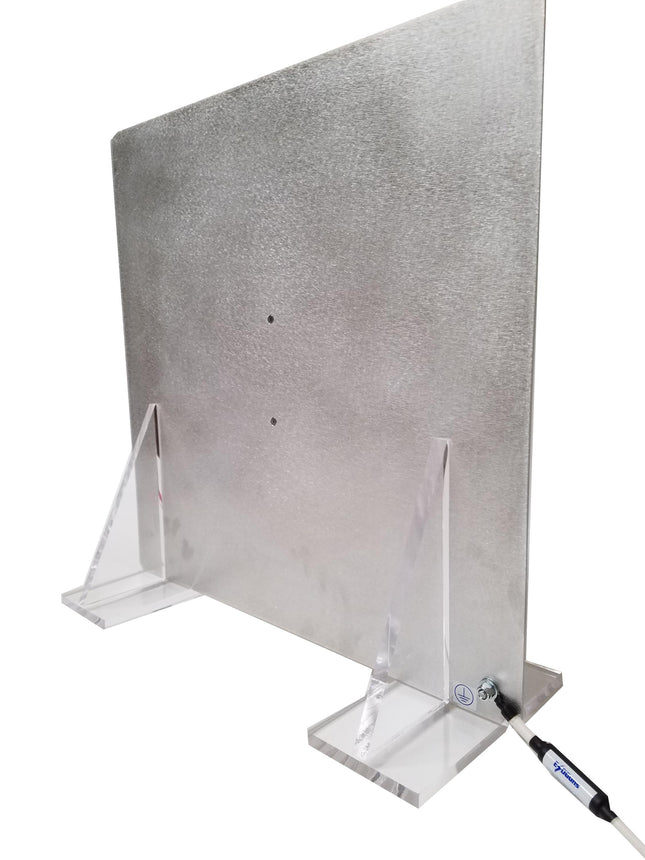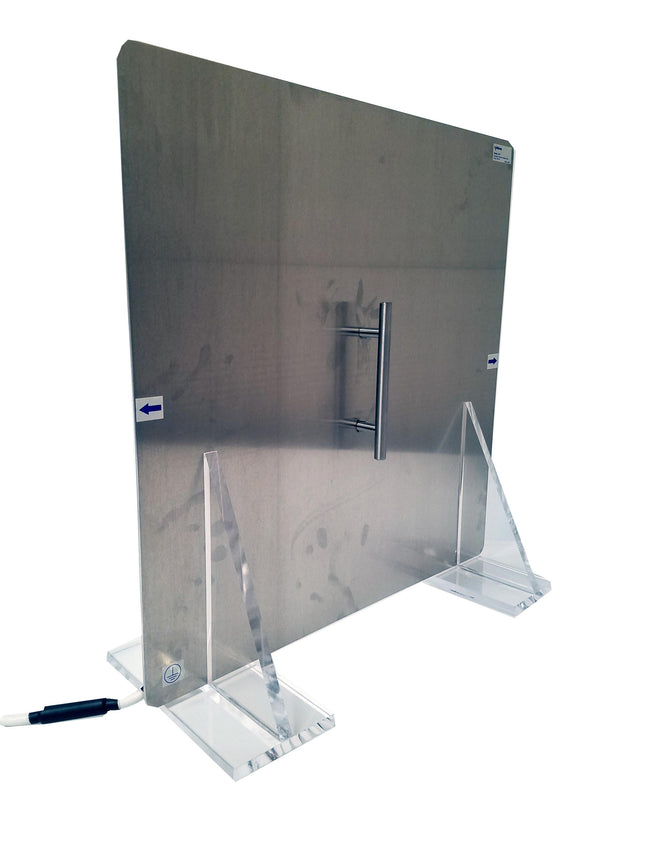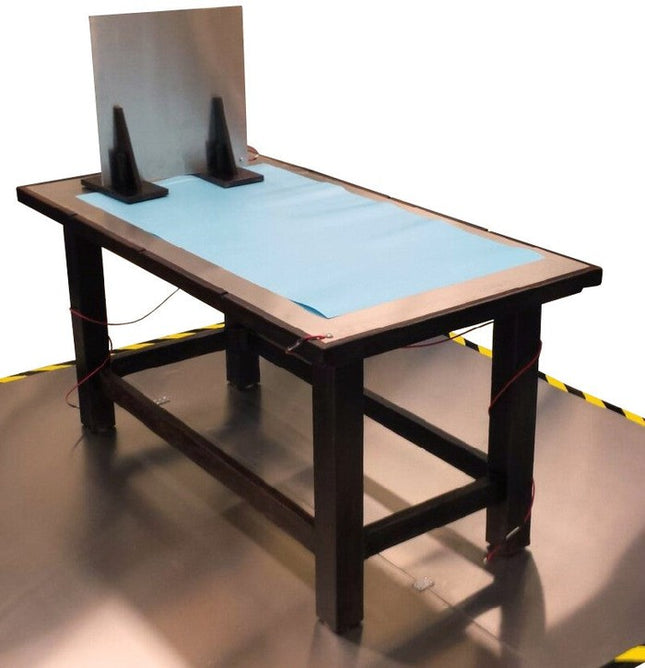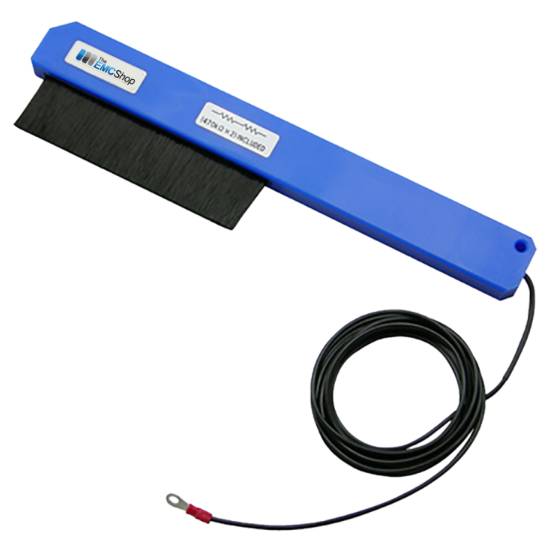ESD16 16.5kV ESD Simulator for IEC-EN 61000-4-2
$495.00 + Shipping

Accessory Kit
- Carrying Case Includes (7 Lb's):
- ESD16 Handheld, battery operated ESD simulator
- Battery charger/AC Adapter
- Air discharge tip
- Contact discharge
- Ground cable 1 meter
- Manual
- Calibration Certificate
- 10% off Calibration Service for Life of the Unit
Features
- Programmable discharge voltage 200V to 16.5kV
- Stabilized charging voltage
- Pre-programmed IEC/EN 61000-4-2 test settings
- True air-discharge breakdown voltage
- Compact and lightweight design
Ask & Learn
Previous answers and questions posted below
Learn by asking questions, practicing, and getting guidance
Accessories & Related Products
























